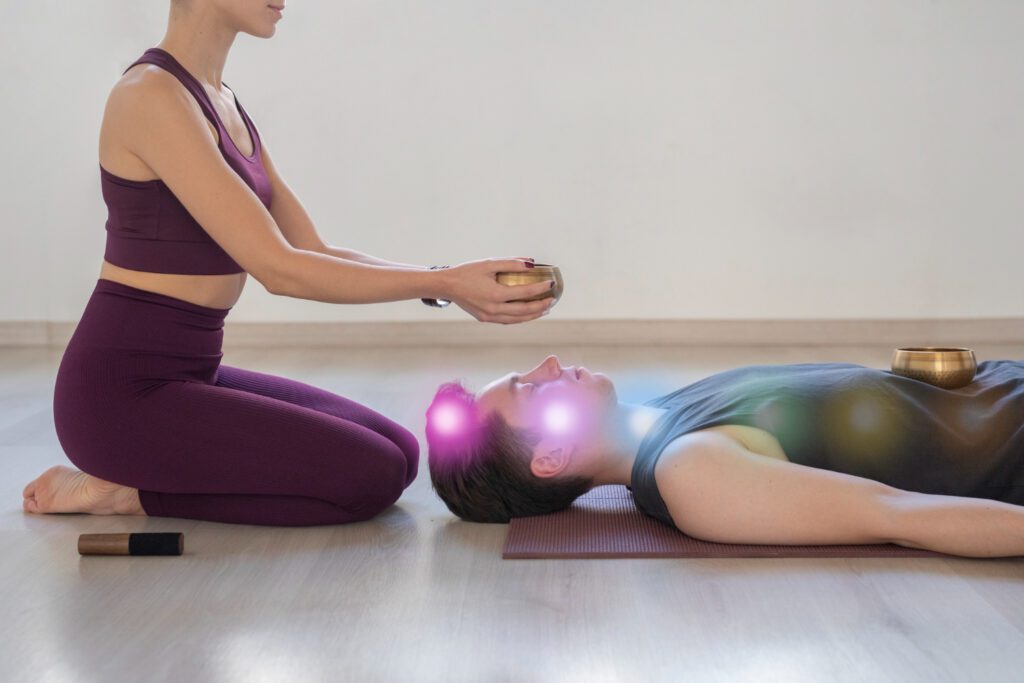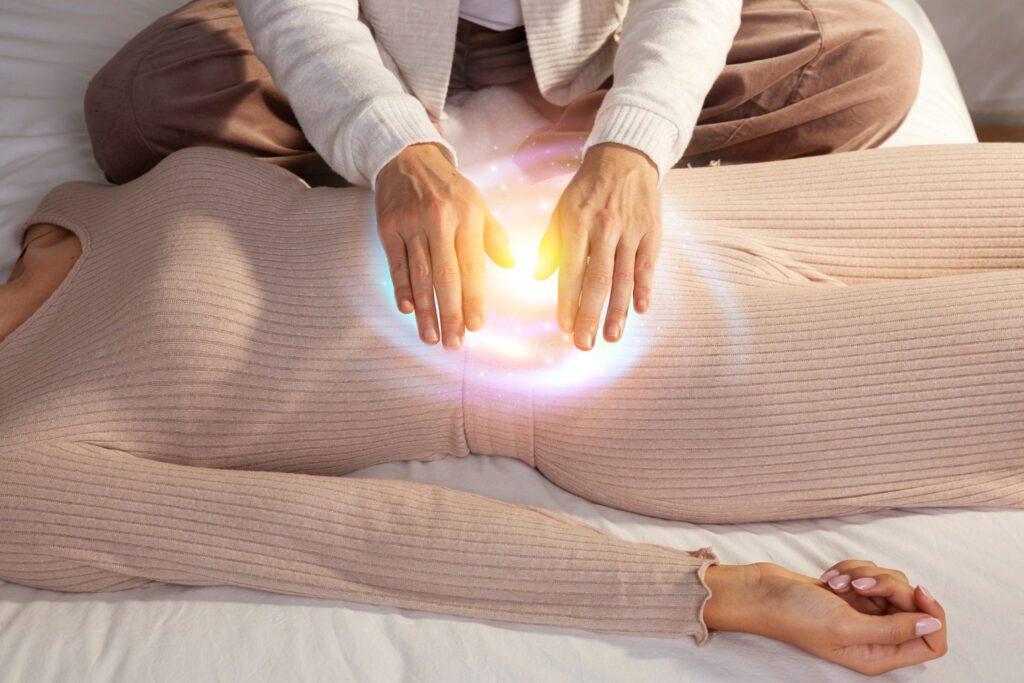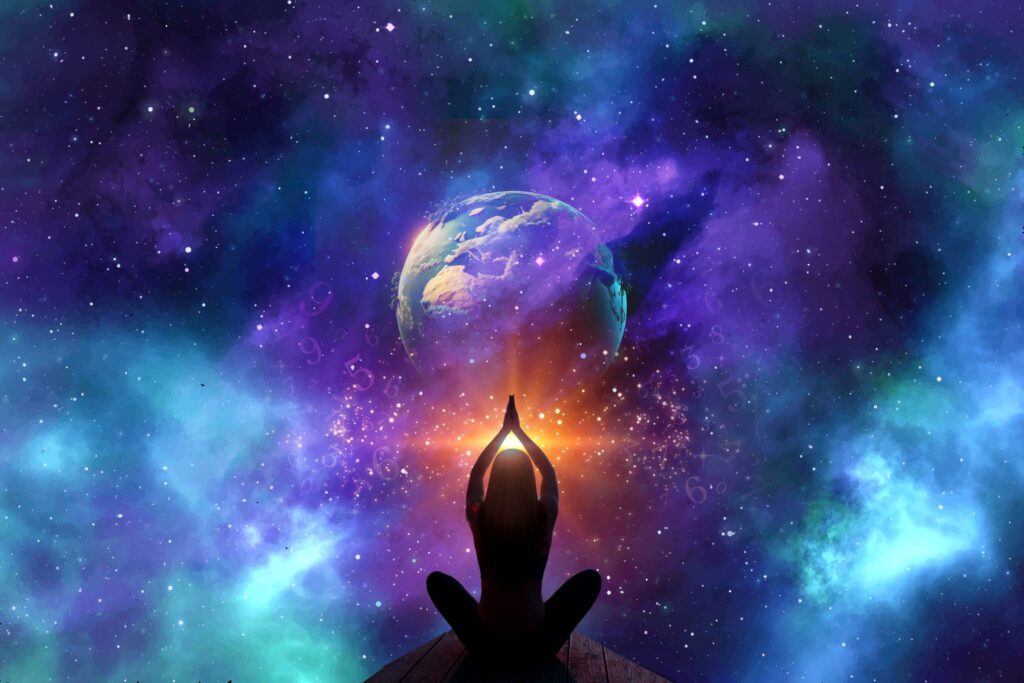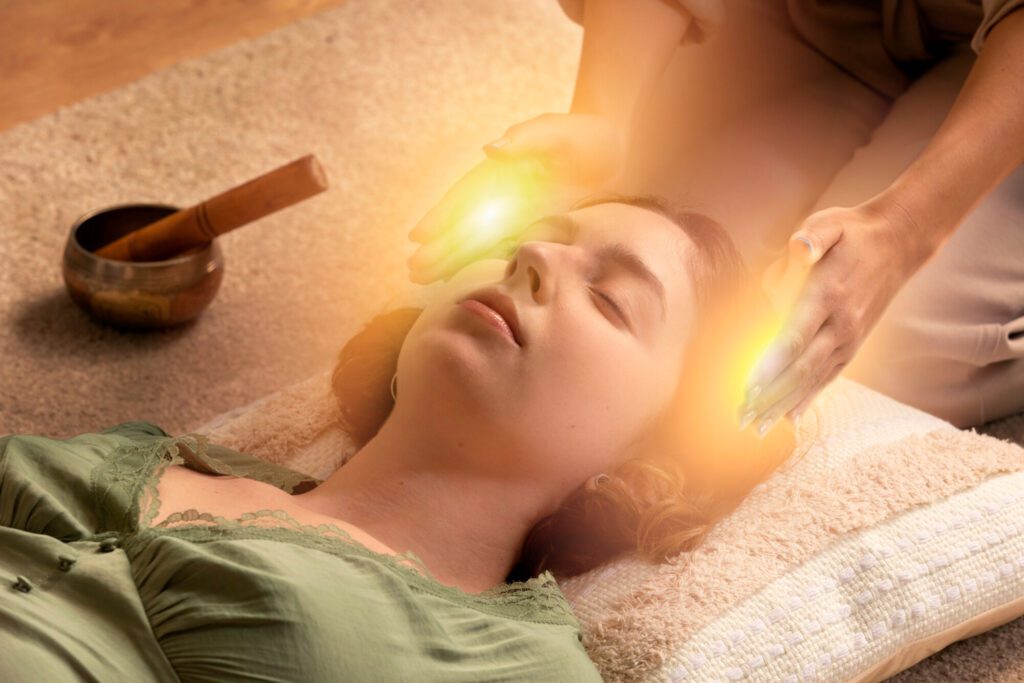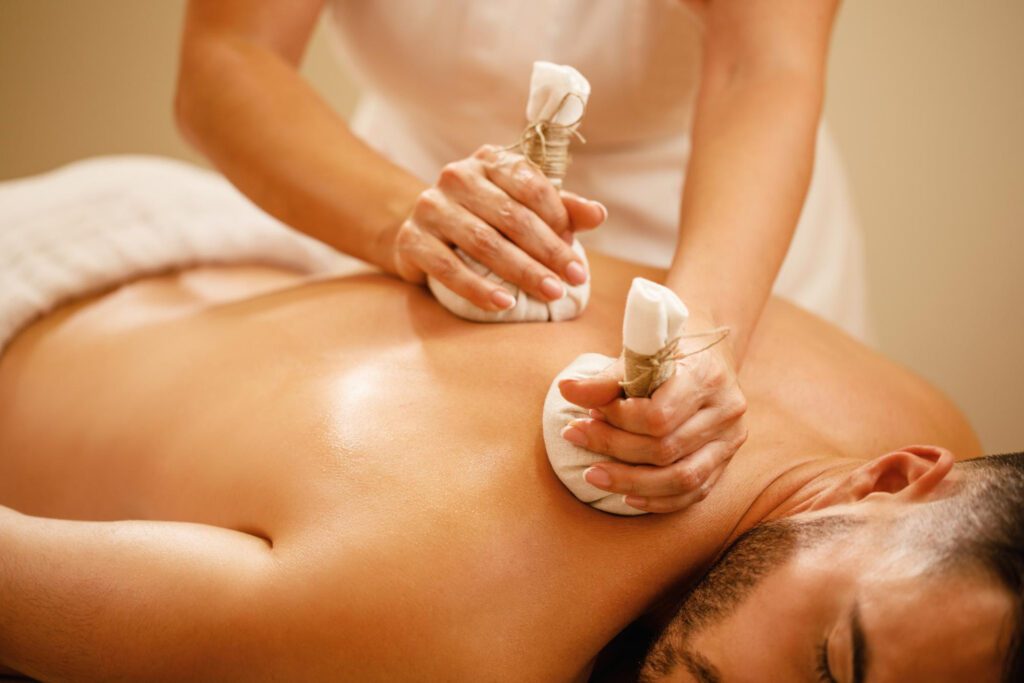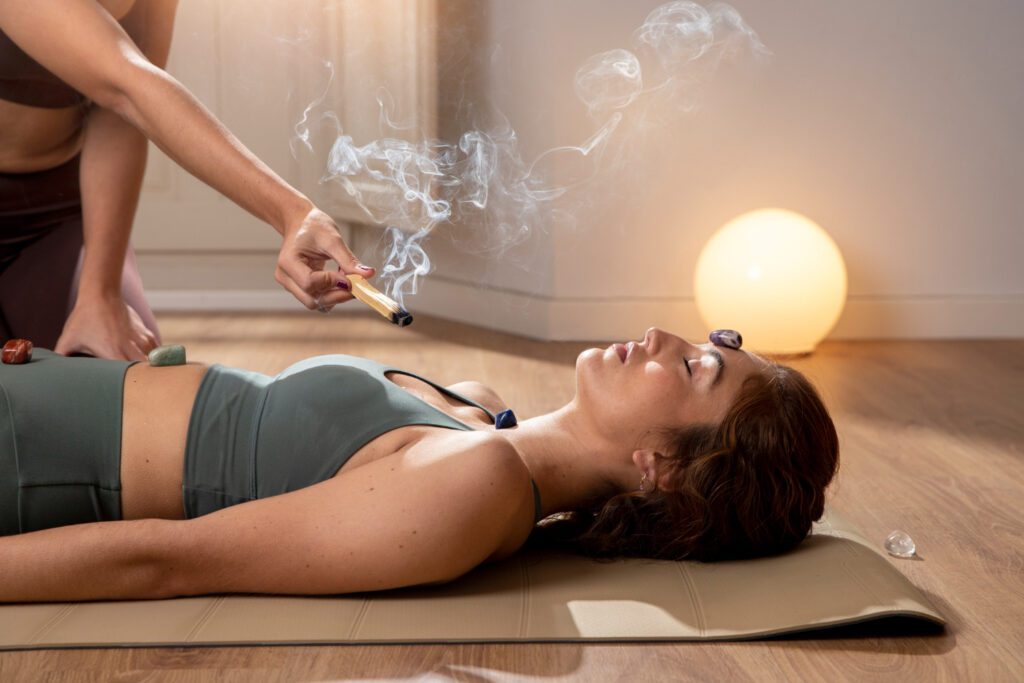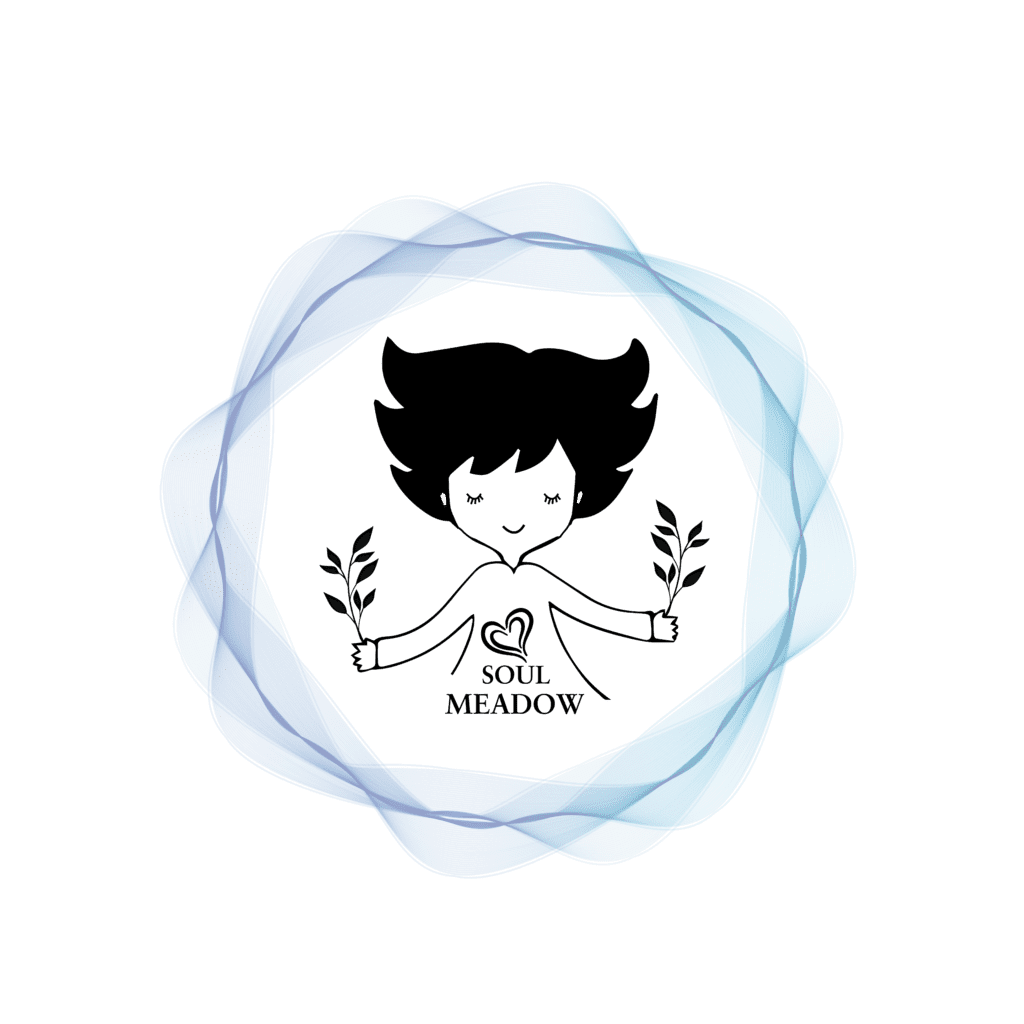Reiki Energy Healing Explained How It Works & Why You Need It
Reiki Energy Healing Explained How It Works & Why You Need It Feeling stressed, burned out, or simply curious about alternative healing? Reiki might be exactly what you’re looking for. In today’s hectic world, Reiki energy healing has emerged as a popular holistic practice for restoring balance and well-being. This gentle therapy is known for its calming, therapeutic effects, and it’s gaining traction among wellness seekers of all backgrounds. In this post, we’ll demystify Reiki explaining what it is, how it works, what to expect in a session, and why you need it now more than ever. By the end, you’ll understand why so many people (from beginners to those dealing with stress or illness) are turning to this ancient healing art for support. What Is Reiki Energy Healing? Reiki (pronounced RAY-key) is a Japanese energy healing technique that promotes relaxation and natural healing. The word Reiki comes from the Japanese words “rei,” meaning universal, and “ki,” meaning life force energy. In essence, Reiki is about channeling the universal life force energy that flows through all living things. This practice was developed in the 1920s by Mikao Usui in Japan, and it has since spread worldwide as a complementary healing modality. At its core, Reiki is simple and gentle. A trained Reiki practitioner uses light touch (or no touch at all) to direct healing energy into the client’s body. There is no vigorous manipulation, no medications just a focus on balancing the body’s subtle energy. People often describe Reiki as “deeply calming and therapeutic,” providing a profound sense of peace. It treats the whole person – body, mind, and soul spirit aiming to dissolve energy blockages and support the body’s natural ability to heal. Importantly, Reiki is not a religion or belief system. It has no dogma and welcomes people of all faiths and backgrounds. You don’t need to believe in anything specific for Reiki to potentially help you; you only need to be open to relaxing and receiving positive energy. Reiki is now practiced in many settings, from spas and wellness centers to hospitals and hospices. In fact, it’s accepted in a number of medical institutions as a complementary therapy for stress relief and pain management. This widespread acceptance speaks to Reiki’s gentle nature and the universal appeal of its benefits. Anyone can receive (or learn to practice) Reiki – it’s a truly inclusive approach to healing that focuses on bringing balance and harmony to your entire being. How Does Reiki Work? How can simply laying hands on (or near) someone promote healing? The answer lies in the concept of energy. According to Reiki philosophy, our bodies are infused with a vital life force energy (known as ki in Japanese, chi in Chinese, or prana in Sanskrit). This energy flows through channels and chakras (energy centers) in the body, nourishing our organs and cells. When the energy flows freely, we feel healthy, vibrant, and balanced. But stress, trauma, or illness can disrupt this flow, leading to blockages or imbalances in our energy system. The result might be fatigue, emotional distress, or physical ailments. Reiki works by rebalancing that energy flow. During a Reiki session, the practitioner acts as a conduit for healing energy. In other words, they don’t give you their own energy or take away yours – instead, they channel the limitless universal energy through their hands into your body. This intelligent energy is said to go where it’s needed, clearing away negative or stagnant energy and replenishing your life force. By unblocking chakras (such as the heart chakra or throat chakra) and restoring the proper flow through energy pathways, Reiki helps your system return to a state of balance. Many Reiki practitioners visualize this process like tuning up an instrument. If your body is an instrument slightly out of tune (due to stress or sickness), Reiki “re-tunes” it by filling you with positive, high-vibration energy. As blockages release, you might experience a warm sensation, gentle tingling, or waves of emotional release. From a scientific perspective, this process likely triggers the relaxation response – slowing your heart rate and shifting your nervous system into a calmer state (the parasympathetic mode). In fact, research has found that Reiki can activate this relaxation response, leading to measurable drops in stress and anxiety. When your body is deeply relaxed, it can heal and restore itself more effectively. It’s worth noting that science is still catching up to explain exactly how Reiki works. There isn’t yet hard proof of “universal life energy” in laboratory terms, and skeptics argue that more research is needed. Even so, the eastern energy concepts behind Reiki parallel those in other longstanding healing systems (like Chinese acupuncture and Indian yoga). And as we’ll see, what people experience during Reiki often confirms that something real is happening, even if we don’t have all the scientific language for it yet. What to Expect in a Reiki Session If you’re new to Reiki, you might wonder what actually happens during a session. Reiki sessions are typically very relaxing and straightforward. Here’s what a standard in-person Reiki session looks like: After the session, most people feel extremely relaxed and refreshed. You might feel like you’ve had a deep rest or lightened a heavy load. Some describe feeling “lighter,” with a clear mind and relieved body tension. You may also feel energized and positive. It’s good to drink some water and take it slow after a session, as your body continues to balance itself. Distance Reiki: Worth noting – Reiki can even be done remotely. A trained practitioner can send healing energy to you over distance (since energy is not limited by physical location). So, sessions by phone or video are possible, which is a great option in today’s connected world. Whether in-person or afar, the process and effects are similar. Overall, a Reiki session is a nurturing experience. Imagine an hour of complete peace, where you’re in a cocoon of warm, positive energy. That’s the essence of Reiki. It’s no wonder

